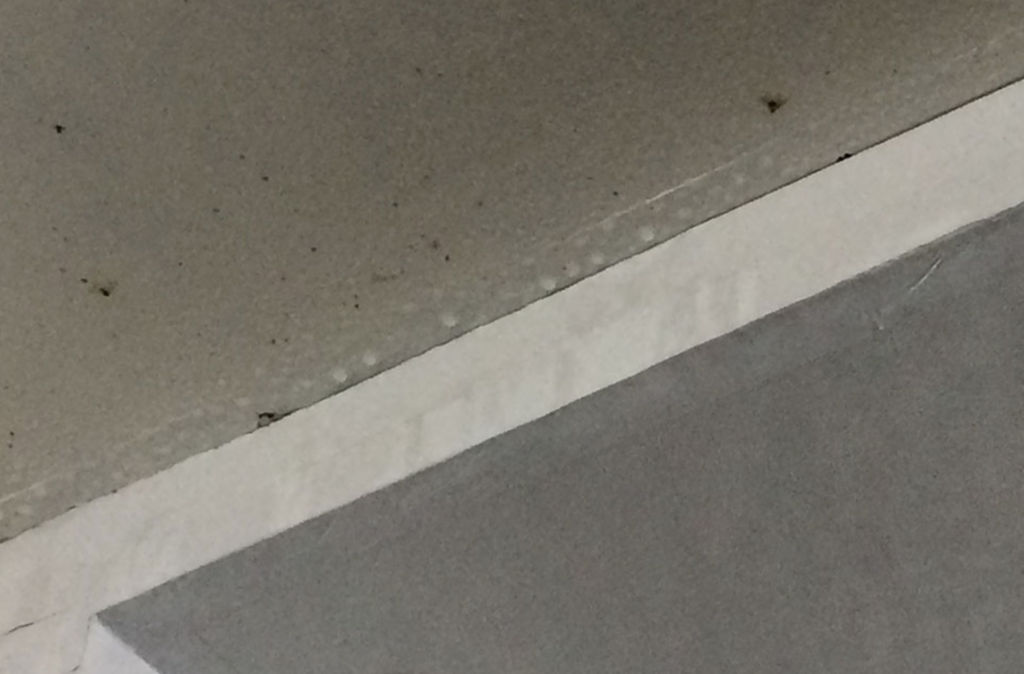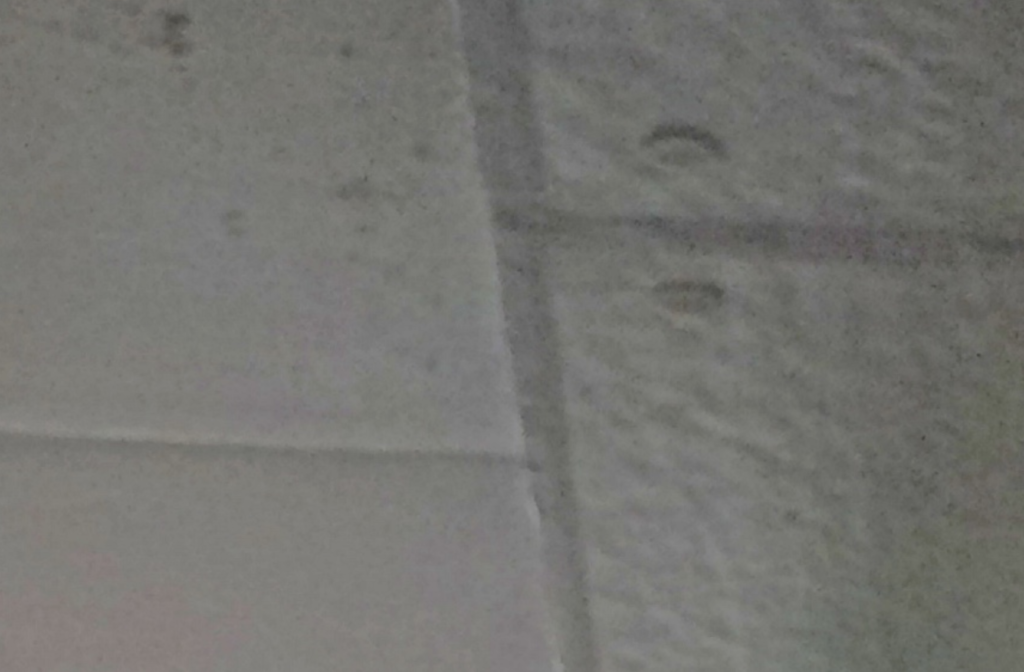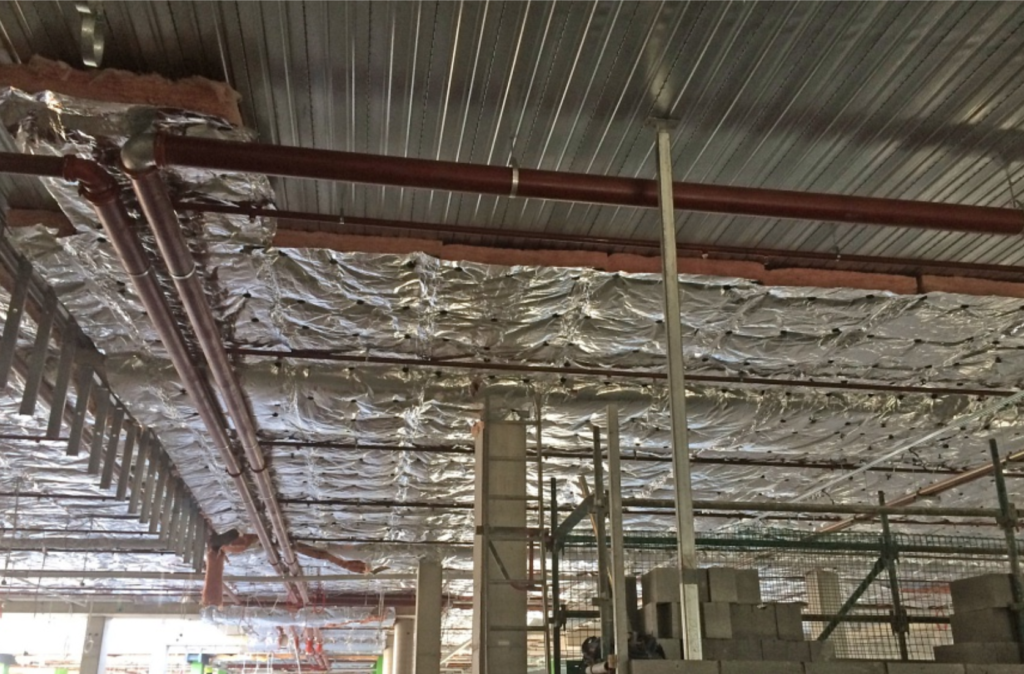Case Studies
Retail
ALDI
Application for walls and car park soffits:
From the early projects like Auburn to Warriewood, a PIR board was used and shown to be equal or better than phenolic thermal laminate.
From the early projects like Auburn to Warriewood, a PIR board was used and shown to be equal or better than phenolic thermal laminate.
Problem
Car park soffit application – architects and builders wanted to install a simple rigid board that would not be a long-term eyesore.
Theory
The product needed to comply with the BCA/NCC for fire as an exposed lining. XPS and EPS were not acceptable because they were thermoplastic rather than thermoset. Early projects only required AS1530.3, migrating to AS3837, AS9705 and eventually migrating to AS5637.
Application/Solution
Early projects used rigid boards to minimise the condensation issues under the freezer and the finish looked just like concrete.
Unlike EPS, it was more tear resistant and provided the required fire performance. Unlike phenolic, it didn’t suck water when the rain seeped in from penetrations in the slab during construction.
We used PIR, which creates less smoke than EPS and polyurethane boards. However, claims from phenolic suppliers that the product is around four times less smoke than PIR need to be verified. We have evidence that PIR has the same performance or better than phenolic. To find out more, search for ‘The burning truth’ on YouTube.


Condensation issues below freezers
While the idea was right to provide insulation to reduce the condensation (rain below the slab) in summer. The choice and experience by their supplier was lacking.
Selection of an insulation that sucks water leads to bubbles appearing on the foil.
While the idea was right to provide insulation to reduce the condensation (rain below the slab) in summer. The choice and experience by their supplier was lacking.
Coles
Coles were looking to have an exposed lining in their retail space.
Problem
What products would comply with Specification C1.10 of the NCC/BCA for exposed linings with a white or off white finish.
Theory
The BCA was moving away from AS3837 because foil faced products like EPS and blanket were achieving the result on a small scale sample or didn’t have test data.
Application/Solution
Using DOW Thermax it was easy, there was no secondary laminate required, nor did the installation look like a pin cushion. A benefit that followed for Coles was having a product that would comply to US underwriters use third party testing and certification services like FM, UL to meet loss prevention standards of quality. FM4880 was one example of the benefit.


The pins not only allow moisture to penetrate behind the vapour barrier, contractors who follow the insulation are affected by
insecure fixings. The result is poor, the insulation has been compressed and there is no improvement in thermal performance and increased mould and condensation risk.
insecure fixings. The result is poor, the insulation has been compressed and there is no improvement in thermal performance and increased mould and condensation risk.
Better thermal performance.
We have found trades that follow the insulation have less issues working with PIR.
Westfield
As part of the installation at Westfield's Macquarie Centre, the new Coles required FM4880.
Problem
An alternate product was installed and the cost of rework devoured the savings due to choosing a less tested material.
Theory
It's important to check the test certificates presented. Laboratories will provide a verification service to confirm documents have not been altered. Using authorities based in Australia and New Zealand makes it easy to check.
Application/Solution
No solution could be engineered. The non-compliant material was ripped out and the correct product installed. Not many people had read the specification and the project was simply looking to replace the semi-rigid with our product. Unlike the phenolic alternate solution, we knew the site was going to use FM Global.


Product installed was not FM4880 tested
The finish and thickness alerted the builder that the product installed was not as specified. Rectification cost more than the perceived saving.
A better finish that meets the specification.
The influence of the fixing method on fire performance has not been established. After 10 years installations using PIR have not shown excessive damage or delamination caused by water or humidity ingress.
Start a project with us.

Our mission is to deliver value for owner and occupiers of buildings. Passive House provides a means of achieving great thermal comfort levels by using simple systems and attention to details during construction.
CONTACT
rav@desilvasolutions.com
Telephone
+61 2 9596 2957
0435 75 3547
© Copyright 2020 DeSilva Solutions - All Rights Reserved
Design & Development: June 03rd
